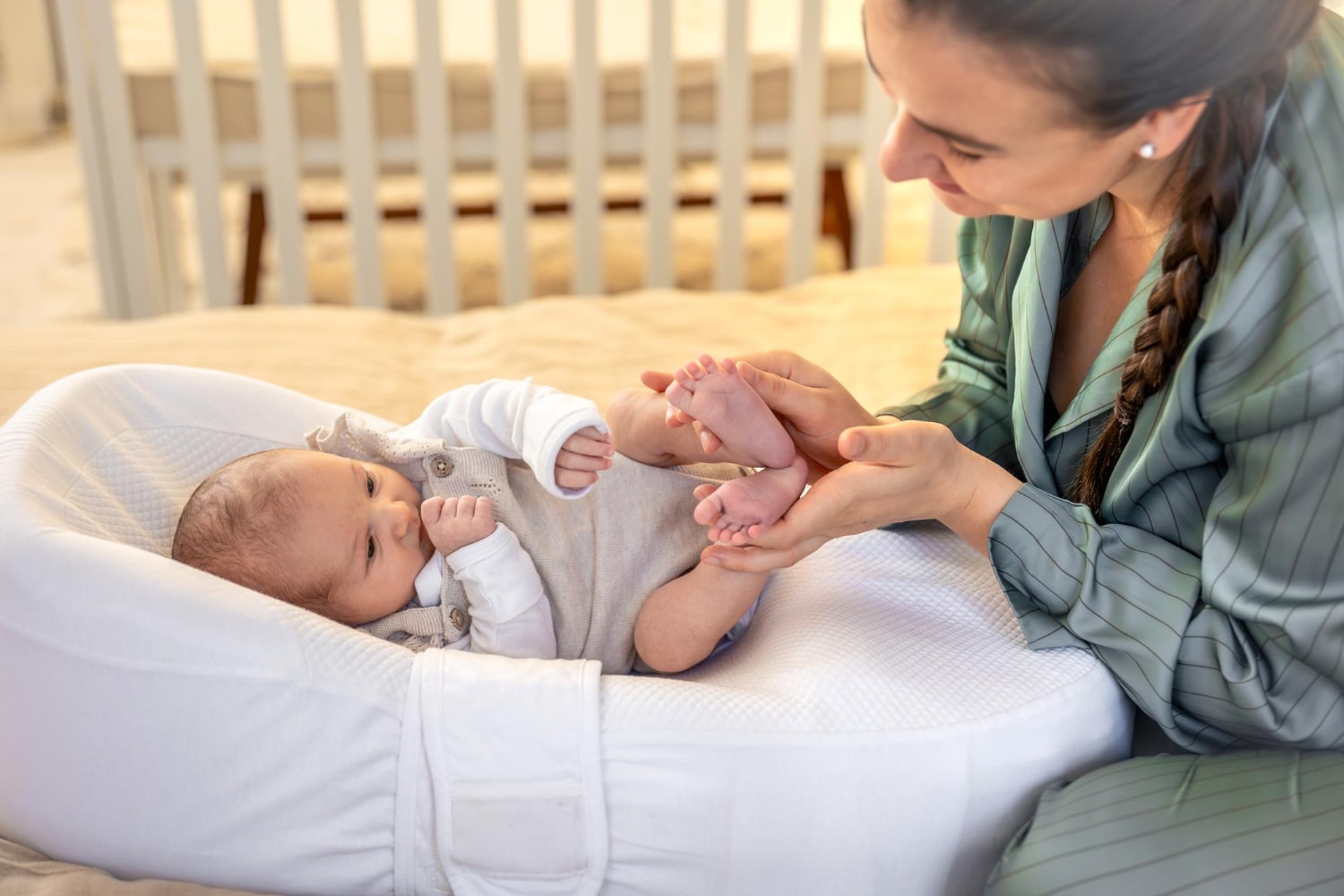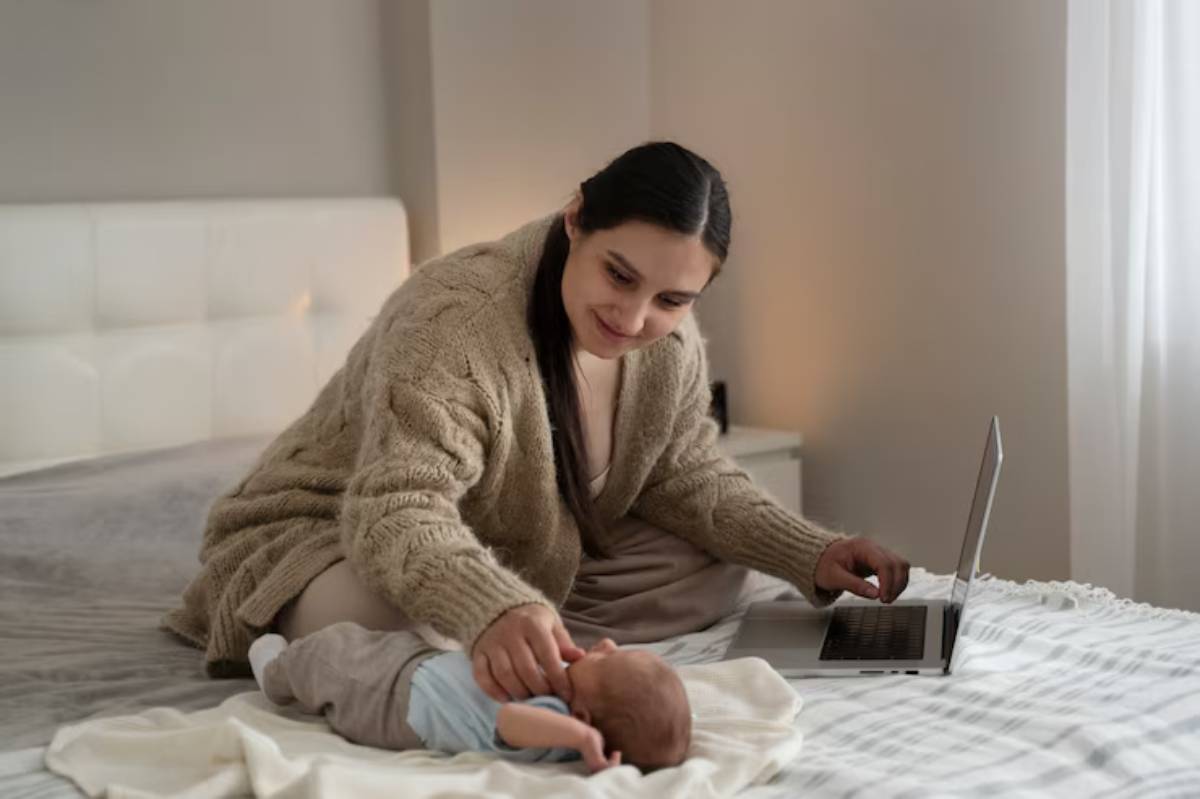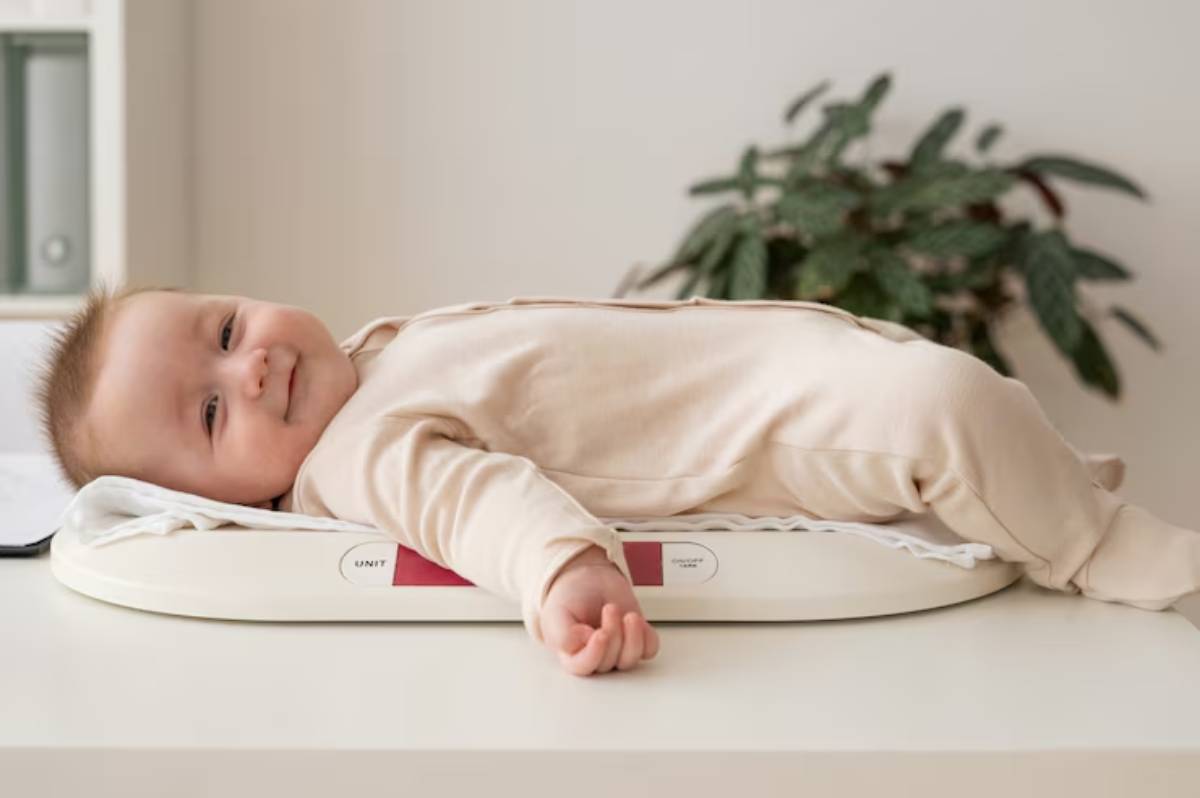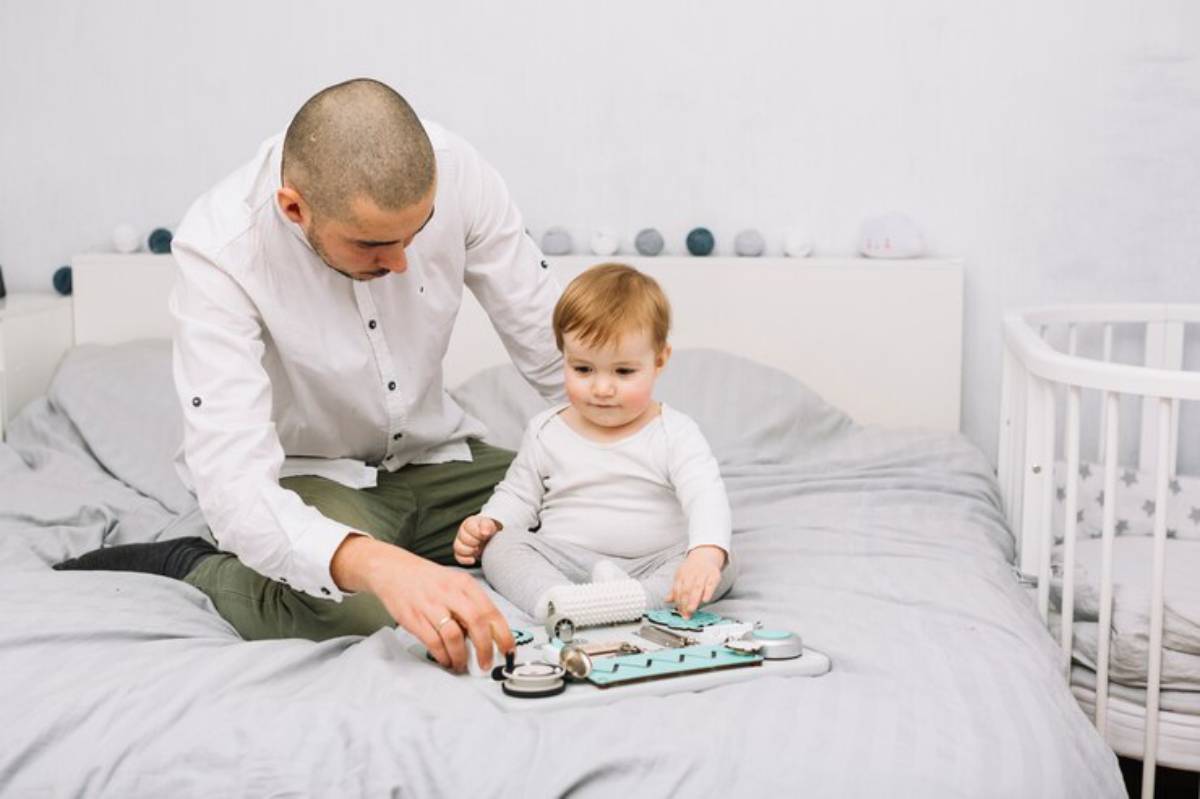
Honest Review: Do White Noise Machines Really Work?
Getting your baby to sleep — and stay asleep — can feel like a nightly mystery. If you’ve found yourself pacing the floor at 2 a.m., humming lullabies or searching “how to help my baby sleep” for the hundredth time, you’re not alone.
Among the many sleep aids marketed to desperate new parents, white noise machines have gained significant popularity. But do they actually help, or are they just another nursery gadget collecting dust?
In this article, we’ll explore the science behind white noise machines, weigh the real-life experiences of parents, and dig into what sleep experts say. By the end, you’ll know whether this tool deserves a spot next to your baby’s cot — or not.
What Is a White Noise Machine, and Why Is It So Popular?
White noise machines are designed to mask household and environmental sounds by producing consistent, soothing sound frequencies — often likened to a gentle fan, static, or rainfall. For babies, the theory is simple: mimic the constant hum of the womb.
Why Parents Turn to White Noise
Newborns transition from a noisy in-utero environment to a world filled with jarring sounds and silence between them.
White noise machines promise to bridge that gap, offering:
- Sound consistency to minimise sleep disruptions
- Comforting ambience similar to womb sounds
- Reduced startle reflex response to sudden noises
But popularity doesn’t always mean effectiveness. Let’s examine the evidence.
The Science: Does White Noise Actually Improve Baby Sleep?
Research and Clinical Evidence
Several studies have explored the link between white noise and infant sleep. One notable clinical trial published in the Archives of Disease in Childhood (Spencer et al., 1990) found that 80% of newborns exposed to white noise fell asleep within five minutes, compared to only 25% in the control group.
Further research published in Sleep Medicine Reviews (2021) suggests white noise can shorten sleep onset latency — in other words, help your baby fall asleep faster. It may also support longer stretches of sleep by blocking out external noise like barking dogs or creaky floors.
However, these benefits are not universal. Some babies remain indifferent or may even become overstimulated by unfamiliar background sounds.
Expert Opinions: A Mixed Bag
Dr Sophie Bostock, a British sleep scientist, notes that while white noise can help, “the key is consistency and volume control.” Overuse or overly loud machines may do more harm than good, particularly if they exceed safe decibel levels.
Paediatric sleep consultant Lucy Wolfe warns:
“White noise is a helpful tool — but not a magic cure. It should be part of a holistic sleep strategy, not a standalone fix.”
Pros of Using White Noise Machines for Babies
1. Encourages Longer Sleep Stretches
The rhythmic sound masks sudden environmental noises — a door slam, a cough, or older siblings — that might otherwise wake your baby.
2. Establishes a Sleep Cue
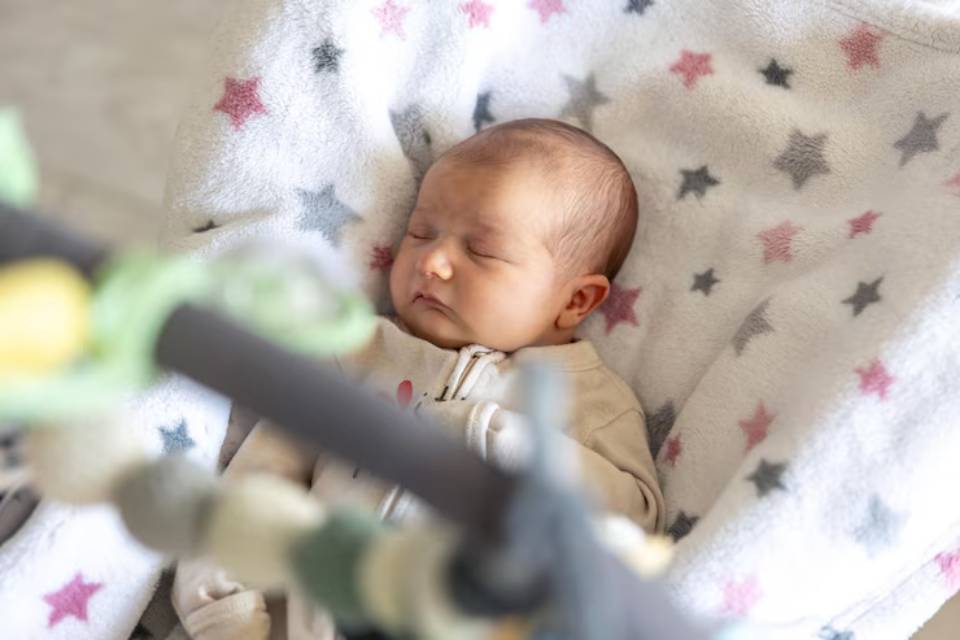
When used regularly as part of a consistent bedtime routine, white noise becomes a powerful sleep association. Over time, it signals to your baby that it’s time to rest.
3. Soothes Fussiness and Colic
Some parents report that babies with colic or digestive discomfort appear calmer when white noise is used, possibly due to its womb-like familiarity.
Cons and Considerations Before You Buy
1. Risk of Overdependence
If a white noise machine becomes your baby’s only way to fall asleep, you may face challenges weaning them off — particularly during travel or power outages.
2. Safety Concerns
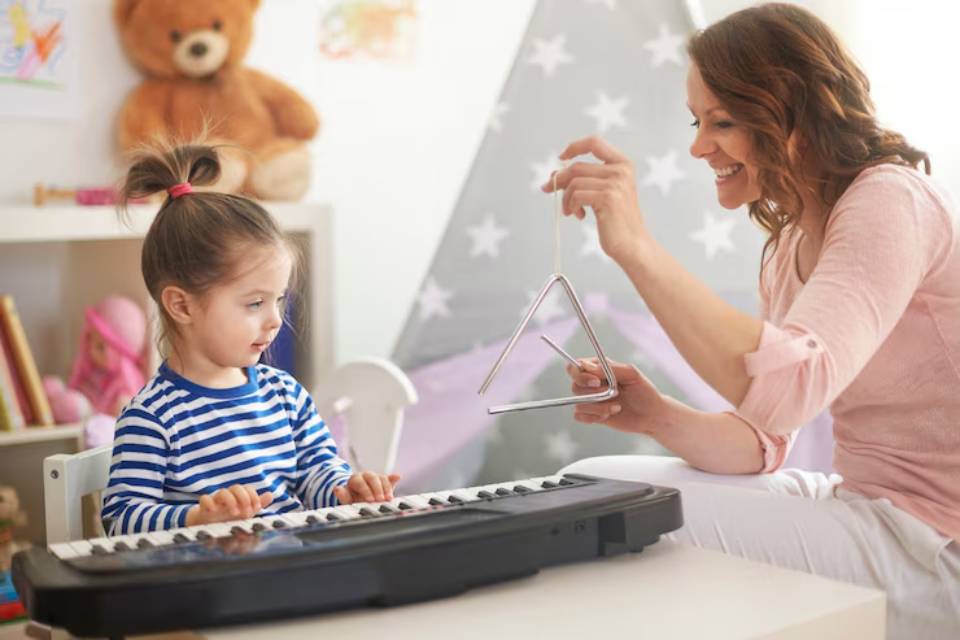
The American Academy of Pediatrics advises keeping the volume below 50 decibels and placing machines at least 2 metres from the cot. Prolonged exposure to loud noise could impact auditory development.
3. Every Baby Is Different
Some babies simply don’t like it. You may find your child responds better to silence or more subtle sound cues like soft lullabies.
Real Parents Weigh In: A Mixed Chorus
Positive Experiences
Emma, a first-time mum in London, swears by her machine:
“It changed our lives! Our daughter went from waking every 90 minutes to sleeping five hours straight.”
She uses it during naps and bedtime, and credits it with creating predictable nap patterns — an often elusive milestone for newborn parents.
Mixed or Neutral Feedback
Tom, a dad of twins, found the experience less clear-cut:
“One twin sleeps better with it, the other just cries louder. It’s useful, but not a silver bullet.”
Such feedback underscores that while white noise can help many babies, it’s not universally effective.
When and How to Use a White Noise Machine Effectively
Best Practices for Baby Sleep
- Start early: Introduce white noise during the newborn stage to help ease the transition from womb to world.
- Use consistently: Turn it on during every nap and bedtime.
- Keep it low: Ensure the volume stays below 50 dB.
- Create sleep associations: Pair it with swaddling or a dim room for stronger impact.
If you’re looking to set up an ideal baby sleep space overall, you may want to explore tips on setting up the ideal sleep environment for your newborn.
What to Look for When Buying a White Noise Machine
When shopping, consider features like:
- Volume control
- Timer function
- Portability (for travel)
- Battery backup
- Variety of sound options (white, pink, and brown noise)
Some machines double as nightlights or monitors, making them multi-functional nursery additions.
Recommended brands based on user reviews include:
- Hatch Rest+ (UK compatible)
- LectroFan Alpha
- MyBaby SoundSpa
Remember: high price doesn’t always equal high performance. Choose what fits your needs — and your baby’s preferences.
Do White Noise Machines Work for Older Babies or Toddlers?
Yes — in fact, older babies and even toddlers can benefit. For children experiencing sleep regressions or disruptions due to milestones, white noise can re-establish a calming sleep environment.
Learn more about these challenges and solutions in what to expect during the 4-month sleep regression.
Still, it’s essential to balance usage. As toddlers develop more robust sleep skills, consider phasing out sleep aids gradually to promote independence.
Should You Try a White Noise Machine for Baby Sleep?
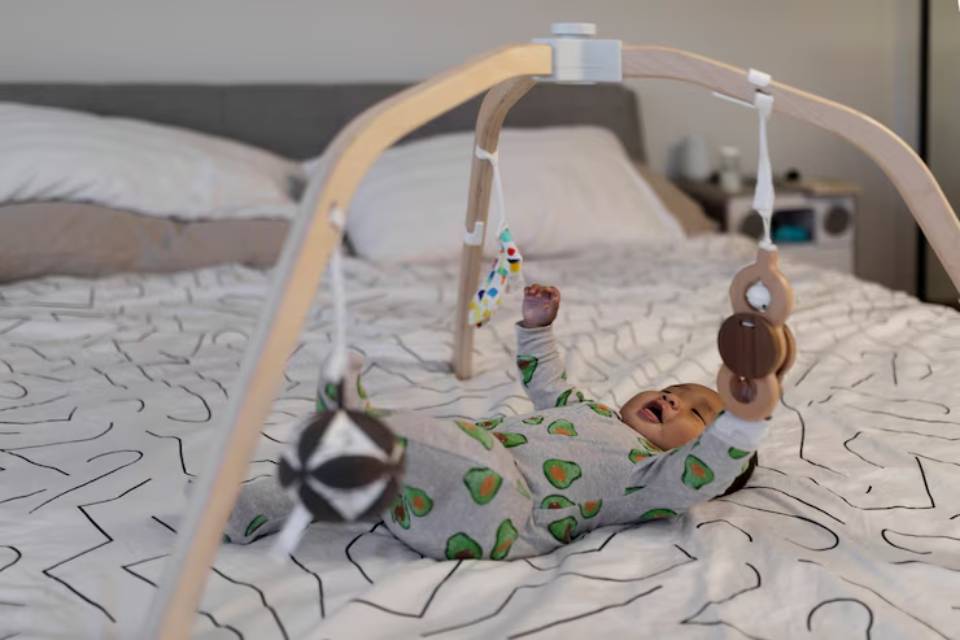
White noise machines aren’t miracle workers — but for many families, they can be a valuable part of a baby’s sleep toolkit. If you use them safely, consistently, and as part of a broader sleep routine, they may genuinely help your little one (and you) get a better night’s rest.
Remember, every baby is unique. It might take some trial and error to find what works. But if background noise seems to calm your child and help them settle, a white noise machine could be a wise investment.
So, should you give it a go?
If your baby struggles with falling or staying asleep — yes, it’s absolutely worth trying. Just be sure to keep expectations realistic, follow safety guidelines, and build a holistic sleep approach.
